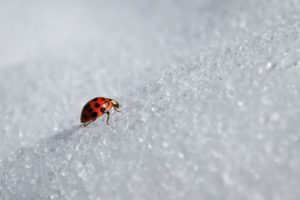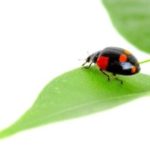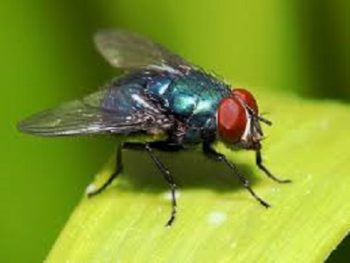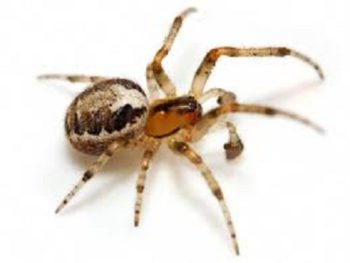
For much of the United States and parts of Canada, the last few cold winters have been the coldest of the 21st Century and, for some, in more than 30 years.
The polar vortices and arctic blasts that have brought subzero temperatures to the eastern half of the continent has made a lot of people uncomfortable – and led to some high heating bills during a difficult economic time.
Many people trying to find a bright side to the punishing cold, have commented that at least the cold will mean fewer bugs in the summer. But is that really true?
The answer is mixed, but entomologists who study invasive insects, such as the Japanese beetle and emerald ash borer, are optimistic that this winter’s extreme cold could deal a devastating blow to these pests, whose numbers have been exploding in recent years.
All insects have some ability to withstand cold weather. One of the most common strategies is to bury themselves underground, beneath leaf litter, or to burrow under tree bark for protection and hibernate for the season. These protective maneuvers work pretty well most winters, allowing insect populations to remain relatively stable.
A recent spate of warmer than average winters over the last few decades, however, has allowed the populations of some types of creepy crawlies to explode. When winter temperatures never reach a truly deep freeze, bugs make it through to spring unscathed and ready to multiply.
For instance, Lyme disease carrying deer ticks – which are not actually insects, but eight-legged arachnids, like spiders – are now seen in larger quantities and have spread farther to the north than they once roamed.
When temperatures drop well below 0° F, though, as they have this year, many individual insects die. The colder the temperature becomes, the fewer survive.
The actual temperature required to kill off pests varies across species. The emerald ash borer, for instance, can generally withstand temperatures as low as -20° F. Any colder than that, and about half of their population dies off. At -30° F, even more of the invasive pests are wiped out.
Some will inevitably survive, but the reduced numbers could be beneficial to other species. For instance, a substantial reduction in the number of emerald ash borers could slow the predicted extinction of American ash trees. Likewise, gardeners and homeowners aren’t likely to mourn if Japanese beetles or brown marmorated stink bugs were less abundant this summer.
Fortunately, beneficial insects, such as honey bees, which are already threatened by a combination of commercial pesticides and widespread infection by a parasitic mite, are not likely to be impacted by this year’s cold winter. Bees hibernate in their hives for the winter and huddle together for warmth, emerging in the spring to resume their annual flower feast.
Keep Warm This Winter
From Your Friends at Southern Pest Control
Need Pest Control Services?
We'll call you! Leave your information below.





